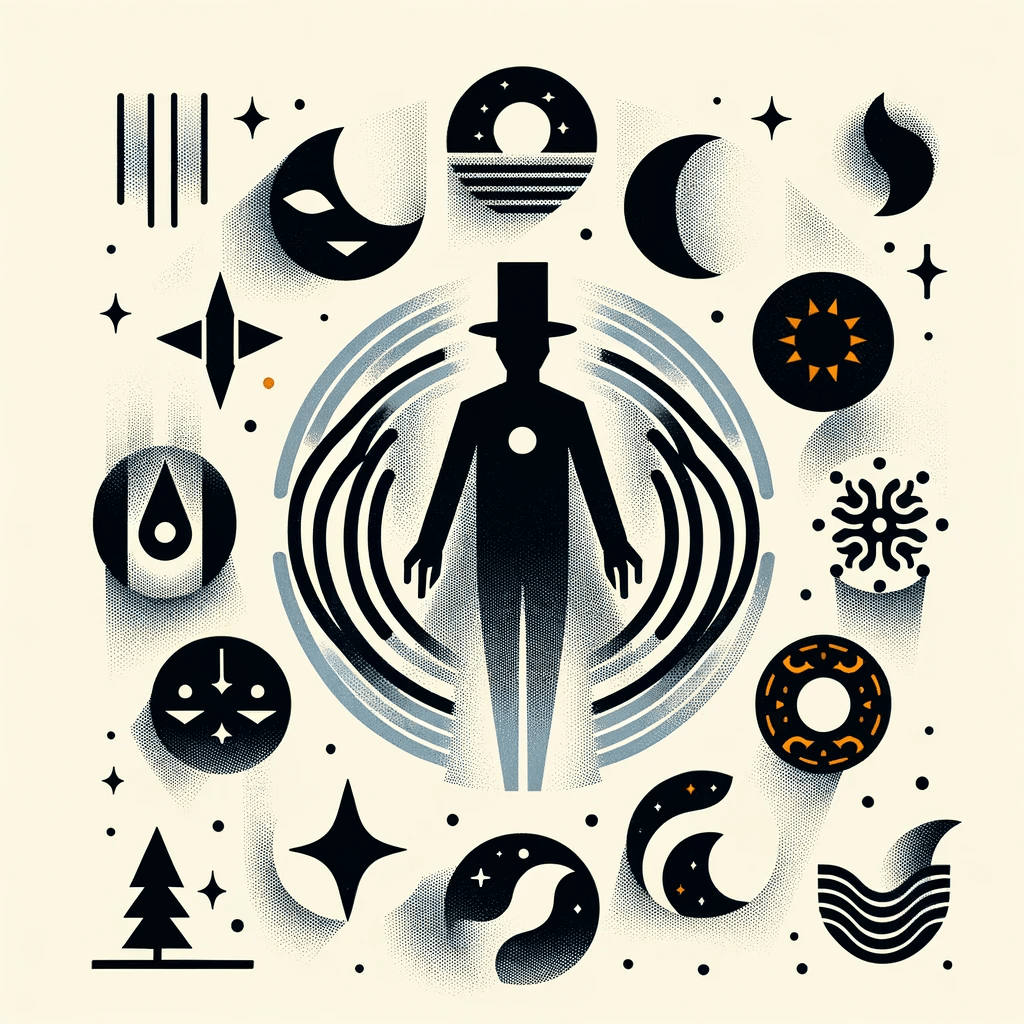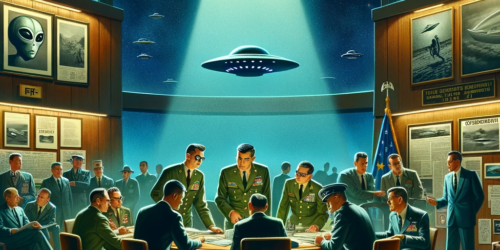The Trickster and the Paranormal

“The Trickster and the Paranormal” by George P. Hansen is a unique and thought-provoking exploration of paranormal phenomena, focusing on the role of the ‘trickster’ archetype in various cultural and scientific contexts.
Here are the main takeaways and claims from the book:
- Role of the Trickster Archetype: One of the fundamental assertions in this book is that the ‘trickster’ archetype is inherent in paranormal phenomena. The trickster, a common figure in mythology and folklore worldwide, is a being or creature who disrupts the order of things, often breaking rules and conventional behavior. This archetype’s presence in the paranormal, according to Hansen, suggests a deep-seated correlation between the instability and ambiguity that both elements represent.
- Marginality and Anti-structure: Hansen introduces the concepts of ‘marginality’ and ‘anti-structure’, arguing that paranormal phenomena often occur at the boundaries of social, physical, and psychological structures, a place he terms ‘liminality’. He claims that these marginal spaces, where norms are not enforced, are conducive to trickster phenomena and the paranormal.
- Parapsychology and Science: The book discusses how the scientific community often struggles with the study of paranormal phenomena. Parapsychology, the scientific study of paranormal phenomena, is inherently ‘anti-structured’ and often faces pushback from the mainstream scientific community. Hansen postulates that this is due to the trickster elements inherent in the paranormal, which destabilize traditional scientific methods and structures.
- The Paranormal and Society: The author emphasizes the social aspects of the paranormal, linking phenomena like UFO sightings, psychic abilities, and mystical experiences to social dynamics and cultural contexts. He claims that these phenomena are not isolated events, but rather expressions of broader social and cultural forces, often occurring during periods of social upheaval or transformation.
- Deconstructive Nature of the Paranormal: Hansen argues that the trickster and the paranormal share a deconstructive nature. They both challenge conventional ideas, beliefs, and structures, leading to transformation and innovation. This makes them both unsettling and necessary for societal progress.
Important people referenced in this book include Carl Jung, the renowned Swiss psychiatrist who articulated the concept of archetypes, including the trickster, and Joseph Campbell, who explored the role of myth and archetype in human society. It also refers to notable parapsychologists like J.B. Rhine and Charles Honorton.
As for books written about “The Trickster and the Paranormal”, here are a few:
- “Exploring the Edge Realms of Consciousness: Liminal Zones, Psychic Science, and the Hidden Dimensions of the Mind” by Daniel Pinchbeck and Ken Jordan. This anthology of essays features discussions on Hansen’s book, particularly its concept of ‘liminality’ and the ways it can inform a more holistic understanding of consciousness.
- “Reality and the Trickster: Insights from Ethnology, Parapsychology, and Quantum Physics” by Fred Alan Wolf. This book looks into the trickster archetype in various fields, such as mythology, psychology, quantum physics, and the paranormal, referencing Hansen’s work as a key perspective in understanding the trickster phenomenon.
- “Paranormality and the Trickster: Understanding Our Transcendent Nature” by Michael Grosso. Grosso, an established philosopher and consciousness researcher, looks into a deep exploration of paranormality through the lens of the trickster archetype, referencing Hansen’s work to support his claims. He discusses the liminal nature of paranormal events, the role of consciousness in these phenomena, and the importance of a balanced approach between skepticism and credulity.
- “Liminality and the Paranormal: A New Approach in Psychology” by Alexander Moreira-Almeida. This book combines research from psychology and parapsychology to offer a new approach to studying and understanding the paranormal. It draws heavily on Hansen’s concepts of liminality and anti-structure, exploring their implications in clinical psychology and cognitive science.
- “Myth, Magic, and Mystery: One Hundred Years of American Children’s Book Illustration” by Michael Patrick Hearn. Although not directly about Hansen’s work, this book references “The Trickster and the Paranormal” when discussing the trickster archetype in American children’s literature. It shows how elements of the paranormal and the trickster figure have influenced popular stories and characters.
Remember, the key argument in Hansen’s book is that the trickster archetype, known for its disruptive and transformative tendencies, is integral to understanding paranormal phenomena. It’s a complex, interdisciplinary work that combines folklore, psychology, sociology, and parapsychology to shed light on the intriguing field of the paranormal.
“Liminality” is a concept in anthropology and sociology that refers to the transitional state or space between one stage and another in rites of passage, societal processes, or psychological conditions. The term comes from the Latin word “limen”, which means “threshold”.
Liminal stages are periods of ambiguity, openness, and indeterminacy, where the regular rules and structures of society are suspended or inverted, and new norms and truths can emerge. It’s a space where one’s identity is fluid, and the past and future states of being are blended.
The term was first developed by the anthropologist Arnold van Gennep in his analysis of rites of passage in various cultures. He identified the rite of passage as having three stages: pre-liminal (separation), liminal (transition), and post-liminal (reincorporation). The liminal stage is characterized by uncertainty, potential, and transformation.
Victor Turner, another anthropologist, further developed the concept of liminality. He emphasized its creative and transformative potential and proposed the concept of “communitas”, a collective, egalitarian social bond that can emerge within a liminal space.
In George P. Hansen’s “The Trickster and the Paranormal”, the concept of liminality is applied to paranormal phenomena. Hansen argues that these phenomena often occur in marginal, transitional spaces (i.e., liminal spaces) where the norms of physical and social reality are less enforced. This aligns with the trickster archetype’s inclination towards disruption and transformation.
“The Trickster and the Paranormal” presents a unique perspective on the paranormal phenomena, linking it with the trickster archetype and cultural and social contexts. Hansen makes a compelling case for the necessity of considering marginal, anti-structured, and liminal elements when studying the paranormal. He insists that a holistic and open approach, one that respects both the known and the unknown, is necessary to fully understand these phenomena. His work has prompted discussion and further exploration in various fields, from parapsychology and consciousness research to cultural studies and literature.



